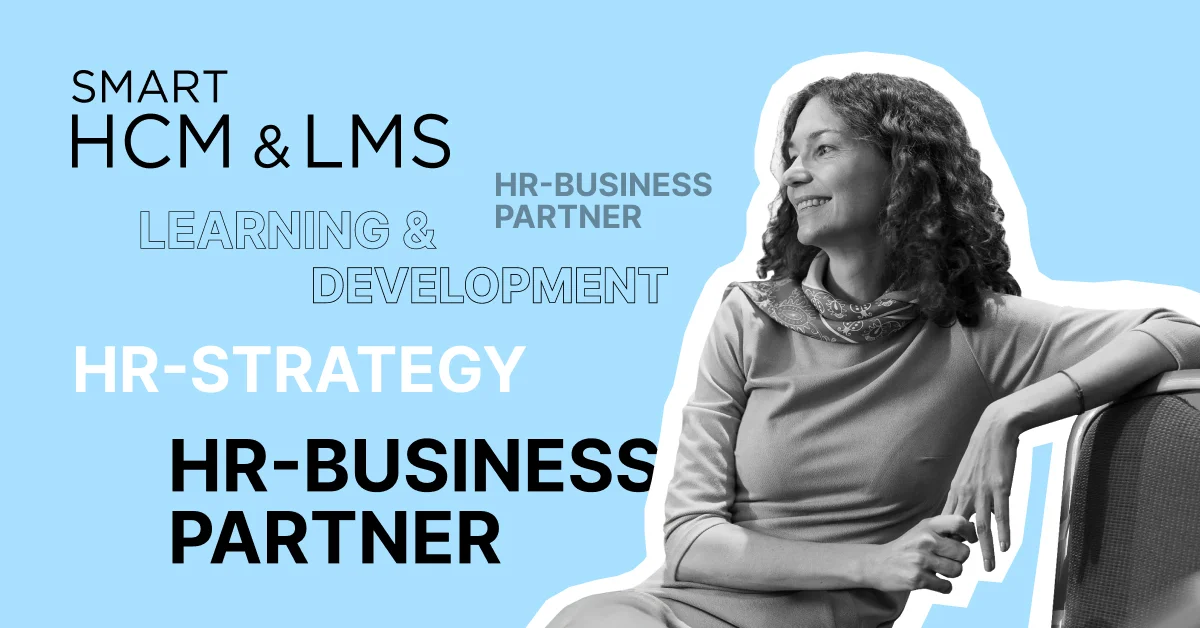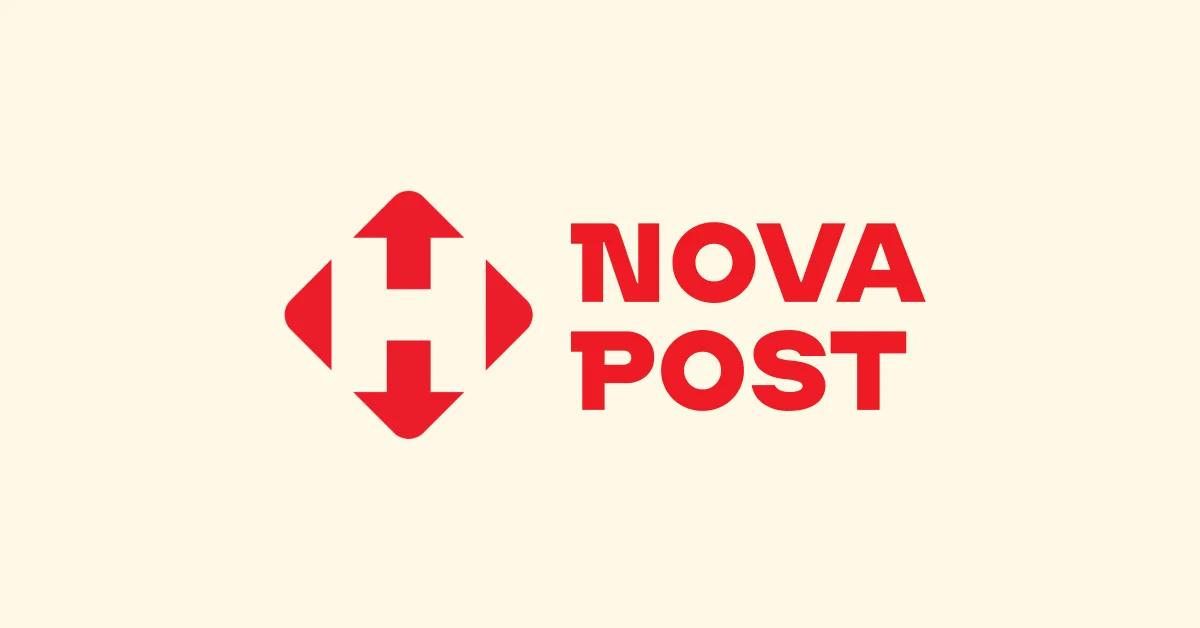Automation of administrative processes, among other things, provides HR specialists with more opportunities to focus on strategic initiatives.
Today’s HR is no longer just an employee immersed in routine personnel tasks; this is a manager focused on enhancing the liquidity of a company’s main asset – its people. In the most successful companies, this transformation of HR professionals has gone even further.
Today, they increasingly play the role of an HR Business Partner with a deep understanding and immersion in the company’s business processes, as well as the industry and market in which it operates. And implementing the HR strategy is an important part of realizing the overall business strategy.
Who is an HR Business Partner?
An HR Business Partner is a strategic advisor who helps a business grow and employees unlock their potential. An HRBP acts as a navigator, building the company’s development route through work with people.
It’s logical that, in recent history, HR professionals have increasingly become successful crisis managers, leading large companies through challenging times. As leaders of positive change, they elevate companies to new levels of efficiency by taking on the role of HRBPs. A vivid example of this is the story of Mary Barra, an American who became the CEO of General Motors (GM) in 2014.
Before this appointment, Barra held the position of Director of HR at GM. She took on this important role after the official declaration of GM’s bankruptcy and the launch of the government’s recovery program.
The success of this program and the company’s smooth transition into the stabilization phase is largely credited to Mary Barra’s ability to form the right personnel structure within the company.
In particular, she succeeded not only in placing people in key positions but also in negotiating effectively with 25 top managers regarding salary caps and keeping them at the company.
Analyzing her actions as an HR professional, GM’s former CEO stated that she managed to “bring order to chaos”, reducing the number of managers and giving more responsibility to the lead engineers.
Thanks to her deep understanding of business processes and her meticulous work with people, she was able to emerge victorious in the battle for the company’s reputation during the large scandal in 2014, which arose over faulty ignition switches in Chevrolet Cobalt vehicles.
So, under what conditions does HR’s activity in a company yield the best results, and what should an HR Business Partner be like, influencing the company’s strategy and directly participating in creating additional value? What tools or technologies are essential in today’s HR arsenal, and how do they simplify business processes?
These and many other related questions were discussed as part of our ongoing HR Minds column with Olena Rubanets, People & Culture Country Lead at SimCorp.
Our speaker is an HR professional with years of experience, certified with SCP-SHRM, and well-versed in project management, as evidenced by her Six Sigma certification in Austria.
Additionally, she has teaching experience at a university, where she conducted practical courses in “Career Development”, “Organizational Psychology”, and “Management Psychology”. She loves coaching and facilitation, which she has organically integrated into her managerial skillset, and believes in the life-long learning journey.
Her first job was as a marketer at the newspaper “All About Accounting”. According to Olena, her practical marketing qualifications proved extremely useful in her subsequent career.
Olena’s HR career began as a business trainer. Later, while holding managerial positions at companies like Danone, Credit Agricole Bank, MTI, IDEAL (Azerbaijan, Baku), Watsons, and the Ascania Group of Companies, she had the opportunity to implement numerous projects aimed at capitalizing on human resources and enhancing their success.
One of the speaker’s favorite cases from her “corporate” period is the “virtualization” of one of the symbolic objects of AS Watsons Group – a unicorn, which, during the project, was named Alex. This initiative was implemented as part of the employer branding strategy. The project achieved results not only in strengthening the emotional connection with the brand but also led to a significant improvement in social media metrics and sales of the company’s own brand products.
Among the non-commercial but no less significant cases, the speaker highlights her involvement in the creative project “FOR LUCK!” (Ukrainian: “НА ЩАСТЯ!”), a number of initiatives of which were aimed at promoting Ukraine abroad. Notably, a significant event was the exhibition of children’s drawings from Ukraine at an ancient castle in Brittany (France).
She also considers her participation as a volunteer moderator in the “UNITED” (Ukrainian: “ЄДИНІ”) project (a project for transitioning Russian-speaking individuals to Ukrainian) to be important.
Olena, given your rich and diverse experience in human resources management, we’d love to hear your opinion on what conditions lead to the best results in HR activity within a company.
The same conditions as in any other department in an organization. I often see HR being singled out and positioned differently from other functions. Why? It’s the same department as all others – with its own scope of work, competency matrix, KPIs, goals, and methodology.
Each function achieves the best results if the personnel involved in its implementation do not create so-called “silo” structures and their own “local optimum” but instead have strategic thinking and work together as one organization. With the understanding that there is a shared goal and a common value chain for employees, clients, and society at large.

I once read that HR has a number of role repertoires: friend of employees, partner of the top management team, partner primarily for the CEO, expert professional, HRBP. The effectiveness might be influenced by the “lens” or focus of each of these domains.
I believe that HR will have good results if there is alignment of factors at several levels – personal and professional levels of HR, organizational maturity level, specifics of the labor market, and the role in this business domain.
And most importantly, in my opinion, the qualification and values of HR should be in harmony with the values and approach to human capital management of the company’s top leader and the overall organizational culture.
If HR happens to join a “wrong” organization, it’s important to remember that individual heroism won’t heal corporate wounds 😊. In such cases, it’s clearly worth resigning in time and/or changing the so-called “psychological contract” with oneself.
The key task of HR is to be an HR Business Partner. Know the business, understand key performance indicators, financial metrics, and the value chain; know the business domain, speak the business language. And, of course, teach leaders and employees HR terminology and methodologies. This is collaboration: when each department works productively, and all departments work effectively together
It’s good when all the TOPs have several common KPIs – it quickly and convincingly teaches HR what EBITDA is and will clearly explain to the TOPs what employee turnover is and its cost for the organization.
I’ve been lucky with employers – I didn’t have to prove that HRs should have “a seat at the table”. The optimal situation was at Watsons Ukraine, where my HRD position was part of the local Board.
Speaking about the diversity of your HR experience, we cannot overlook your freelance period. What did it teach you, and did it prove useful in your later life? If so, how did this experience help you?
I left the corporate environment in 2014. We parted ways with my HR friends. Corporate boundaries became irrelevant. I worked as a coach and facilitator. I implemented the creative project “FOR LUCK!”.
The power, beauty, and effectiveness of facilitation captivated me and continue to inspire me endlessly. I taught my courses on Facilitation at KMBS and worked on many interesting projects. I consider my freelance experience extremely valuable because it:
- Provides opportunities for creative and professional self-realization in a new “identity”, different from self-realization in a corporate environment,
- Requires a certain level of courage and self-belief,
- Allows for a better understanding of the mindset of a business owner,
- Demands “upskilling” in branding, positioning (of oneself and own products), project management, and financial management,
- Makes you realize that if you leave the corporate environment because you’re “tired” of interdependence with stakeholders, don’t expect that freelancing will have no interdependencies and you will suddenly be “free” from limitations
- Leads to the loss of certain illusions and a deeper understanding of oneself.
You have repeatedly stated that to be a leader and HRBP, influence strategy, and teach teams, one must continuously learn. Ultimately, your actions have shown that this is not just an abstract piece of advice, but your firm belief. So, what are your plans for development in 2025?
In my opinion, HR professionals learn actively, frequently, and with pleasure. One could say that there is a culture of learning in our profession, and lifelong learning is the baseline. I’m speaking about myself and those I communicate with and have worked with.
I would like to mention that the ability to “unlearn” is just as important as the ability to learn. And it’s far more painful than simply learning something new.
At some point, any knowledge may become outdated and lose relevance. You must “cut to the quick”, review your international certifications, competencies, basic habits, and sometimes even give up the way you used to work. There’s a great saying by Marshall Goldsmith: “What got you here won’t get you there”.
Speaking personally, I plan to study in connection with postgraduate studies: I’ve changed the topic from “Burnout”, which I thoroughly researched in 2024, to “Determinants of Youth Careers”.
I have certain plans to develop further as a facilitator and HR professional.
And the main thing is that I will continue to learn to live in the reality that full-scale invasion has created for us. I consider personal maturity and mental health the foundation of everything.
Olena, working in IT today is a viral dream for many. Please provide 3-5 life hacks for finding a job specifically in IT.
- Think carefully about whether IT is truly where you want to be – after all, your dream to work here might come true 😊.
- Choose whether you would like to work in a product company or an outsourcing one.
- Don’t be afraid to send your resume: that’s how I got my current job. I saw the vacancy on LinkedIn. Unlike my previous experience of finding my dream job, this wasn’t through a recommendation or headhunting

- Believe in yourself! I’m speaking primarily to great candidates who doubt themselves simply because they don’t have experience in IT, and to those who are 40+. Know that it’s never too late to make positive changes. If this is “your” company in terms of values and culture, you’ll successfully pass the interview and change that green “looking for opportunities” label on LinkedIn to your dream employer!
What advice would you give to HR professionals just starting their path to the HRBP role?
Believe in yourself, don’t be afraid of your own path, live your own story – both personal and professional
And the same advice applies to those who would like to finish their “journey” in HR and transition to business or freelancing. Live your own life!
Don’t be afraid of your own path,
unite with purpose as one –
isn’t it you which is your goal? (V. Stus)
When I finished university, I didn’t even know about the existence of HR. And here I am now, having been here for many years, with a break for freelancing. This profession has introduced me to different business domains – FMCG, Banking, Retail, Luxury Retail, IT, FinTech – and offers many opportunities.
Considering the turbulence of today’s labor market, changes in the landscape of workplaces and roles, the development of digital technologies and artificial intelligence, the emergence of new professions, internal and external migration of HR specialists, many career decisions result from unpredictable events; and it is you who have the opportunity to create and develop this fascinating profession!
However, creativity requires space, and even the most proactive specialist can be “grounded” by daily routine. So, it’s not worth testing your limits: routine can and should be handed over to modern IT solutions.
Specifically, there are plenty of opportunities for automation in recruiting, onboarding, employee training organization, HR analytics, and report generation.
Given the importance of upskilling and reskilling processes to enhance the capitalization of human resources, the formation of effective training programs is considered an important HR task.
Whether to continue solving these tasks alone or to automate and optimize them using modern software products is now an existential question for each specific business.
At the same time, the efficiency of an HR department can provide it with an additional competitive advantage.
SMART business, with 16 years of experience in the market of developing and implementing solutions for optimizing business processes, has developed a comprehensive solution, SMART HCM & LMS, which combines an effective human capital management (HCM) platform and a learning management system (LMS).
Thanks to this, businesses no longer need to purchase many separate tools to meet the needs of each HR department. Effective management of personnel, recruiting, training, analytics, and other aspects of HR processes is implemented through various system modules.
Thoughtfully designed training programs allow managing the KPIs needed for the company’s growth – both for each employee and for the team as a whole, and the platform provides an effective toolkit for implementing the HR strategy.



